This site uses Cookies. Read privacy policy.
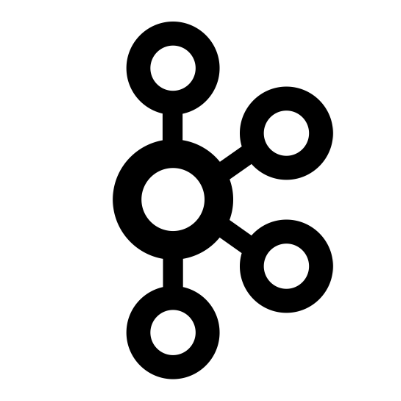
Apache Kafka is an open-source event streaming platform for handling data-feeds that’s written in Scala and Java. Kafka was first developed in-house by LinkedIn as a platform for stream processing, and was named by Jay Krepps after noted writer Frank Kafka.
Apache Kafka was open-sourced in 2011, and graduated from the Apache Incubator in 2012, making it fully-fledged Apache Foundation Software. A wide range of well-known companies utilize Kafka for data pipelines and integration, streaming analytics, and mission-critical applications.
Kafka’s architecture works by storing messages from producers into topics. Data written into these topics can then be partitioned and replicated across Kafka “brokers”, which are the servers that make up Kafka clusters. This ensures fault tolerance and scalability. From there, other processes can read messages from the partitions. Kafka delivers these messages at low latency and high throughput.
The Producer API enables applications to dispatch streams of data to topics in the Kafka cluster and the Consumer API allows apps to read streams of data from topics in the Kafka cluster. The Streams API works as a client library used in the creation of applications and microservices, where input and output data are stored in clusters. Kafka pulls from a source data system and pushes into a sink data system through the Connect API. And finally, topics, brokers, and other objects are managed and inspected by the Admin API.
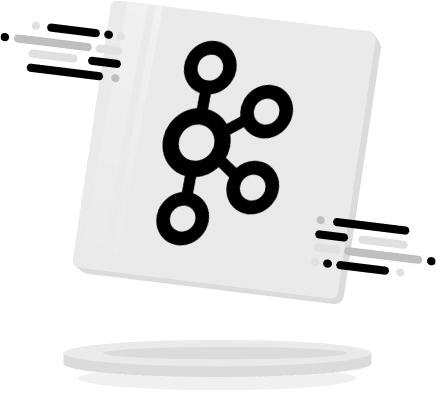
Kafka has a number of advantages when it comes to handling event streaming. Here’s a quick rundown of the key points:
Scalability is a key strength of Kafka due to its distributed architecture, which uses partitions and replication to streamline development for more substantial projects. It was designed with larger companies in mind, and its high throughput, low latency, and fault tolerance all support this.
Kafka’s pull model allows producers to push data into topics, which Kafka’s consumers can then pull when needed. This enables multiple consumers to consume messages at different speeds and lends itself to aggressive batching of data.
Kafka’s high throughput is achieved using a cluster of machines that are capable of latencies of 2ms. This means that Kafka deals well with large volumes of data at high velocity.
Fault tolerance is ensured through Kafka’s distribution of topics across many different machines in a cluster. In the event of a server failing, other servers will take over tasks to maintain uninterrupted operations without data loss.
Kafka is capable of sending thousands of messages per second. This high concurrency ensures an application runs smoothly.
Kafka’s Connect interface integrates with hundreds of event sources and sinks, including Postgres, JMS, AWS S3, and more.
As one of Apache Software Foundation’s most active projects, and as an integral part of LinkedIn’s stack, commitment to Kafka is high. This means that Kafka is regularly updated and well-maintained, making it a reliable choice for developers.
Thanks to Kafka’s scalability, many well-known industry leaders leverage Kafka to manage data streams. Let’s take a look at a few of the most prominent examples:
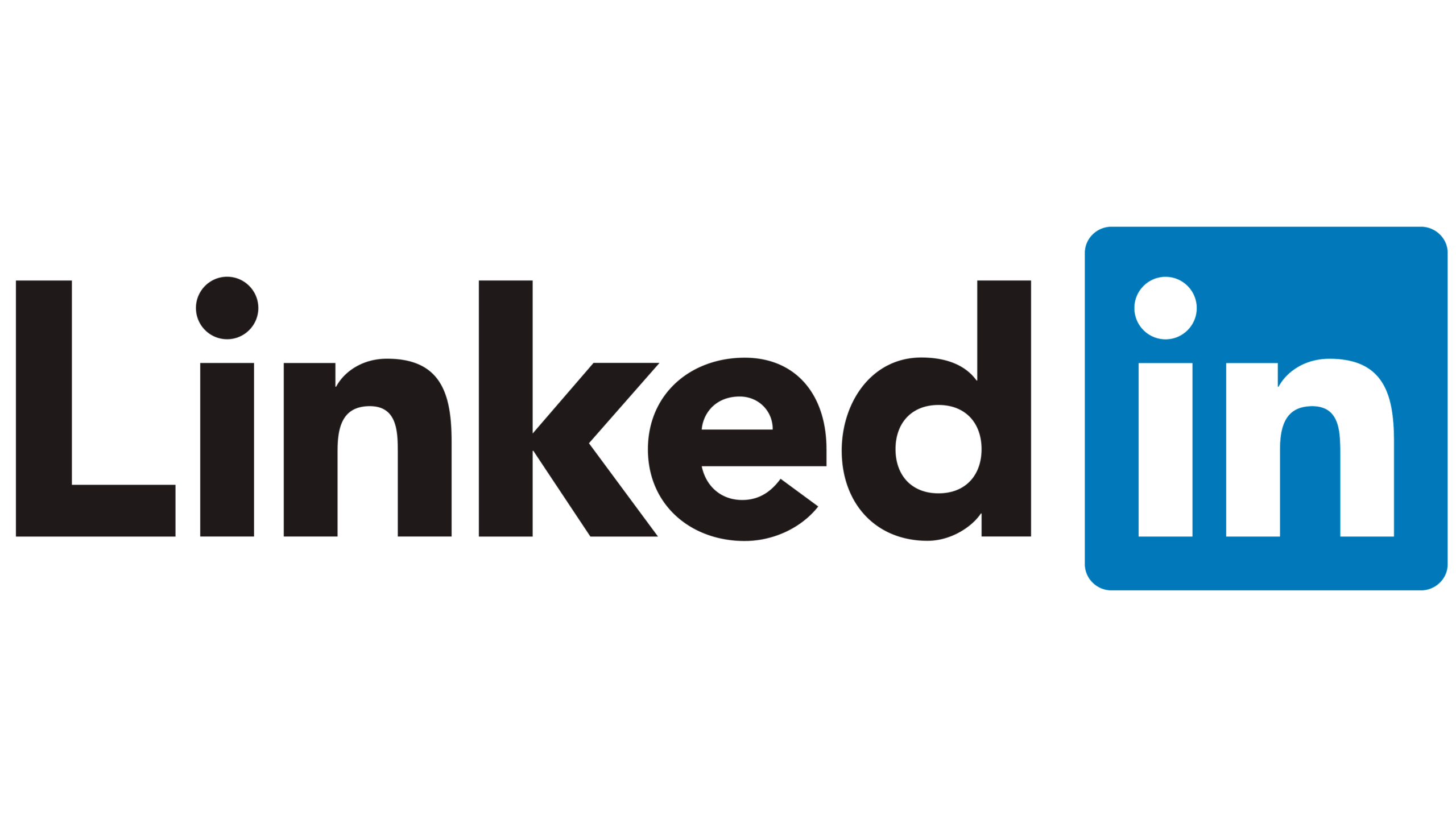
LinkedIn runs Apache Kafka as an integral part of its stack. Its developers said that “Kafka is used extensively throughout our software stack, powering use cases like activity tracking, message exchanges, metric gathering, and more. The total number of messages handled by LinkedIn’s Kafka deployments recently surpassed 7 trillion per day.”

American web service provider Yahoo utilizes Kafka in their real-time analytics pipeline. To simplify their Kafka clusters, the developers created a web-based tool, Kafka Manager, which has been open-source since 2015. The manager assists users by identifying partition leaders or topics which are distributed unevenly across the cluster, supports management of multiple clusters, provides a quick aerial view of the software, and more.
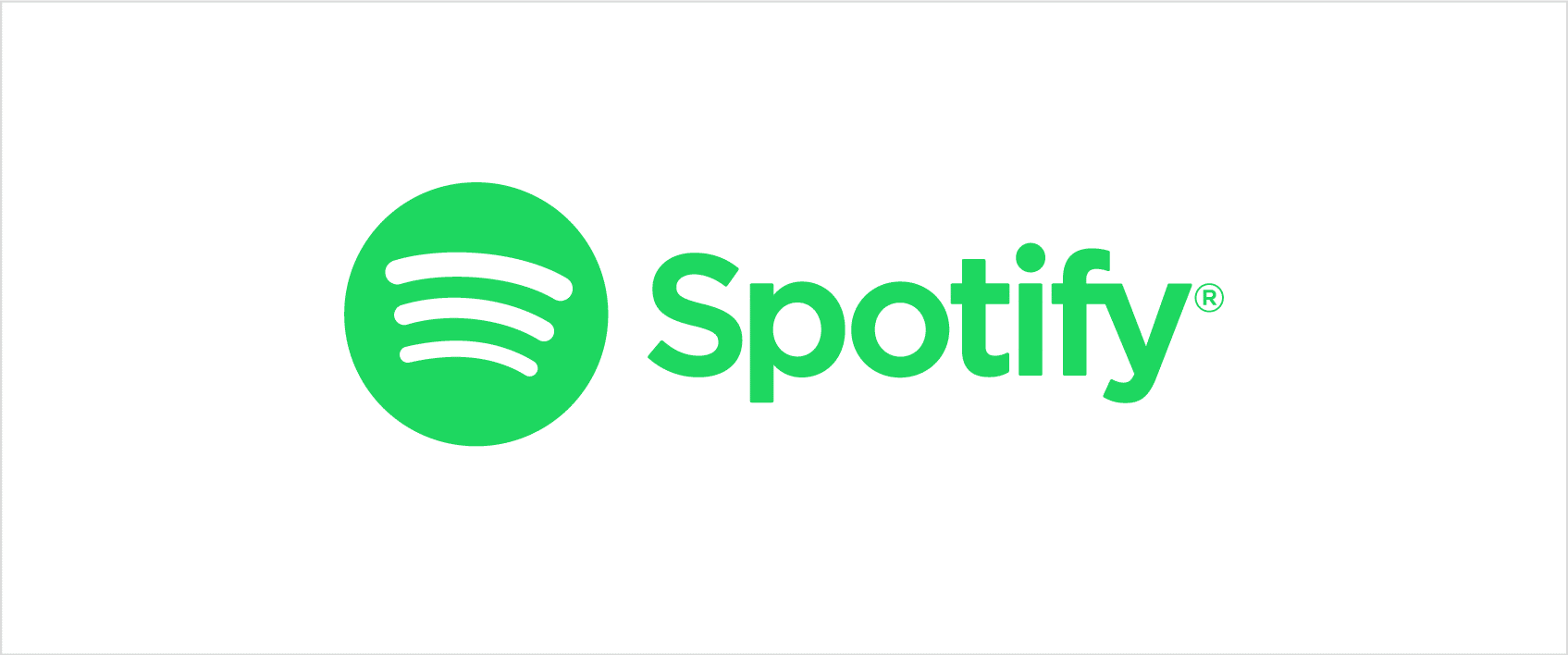
In an article from 2015, engineers from music-streaming service Spotify explained how they use Apache Kafka in conjunction with Apache Storm, alongside Cassandra, Zookeeper, and other sources and sinks, to build applications with excellent scalability and high performance. These factors are essential to ensure that Spotify’s applications function smoothly – they currently have well over one-hundred million subscribers.
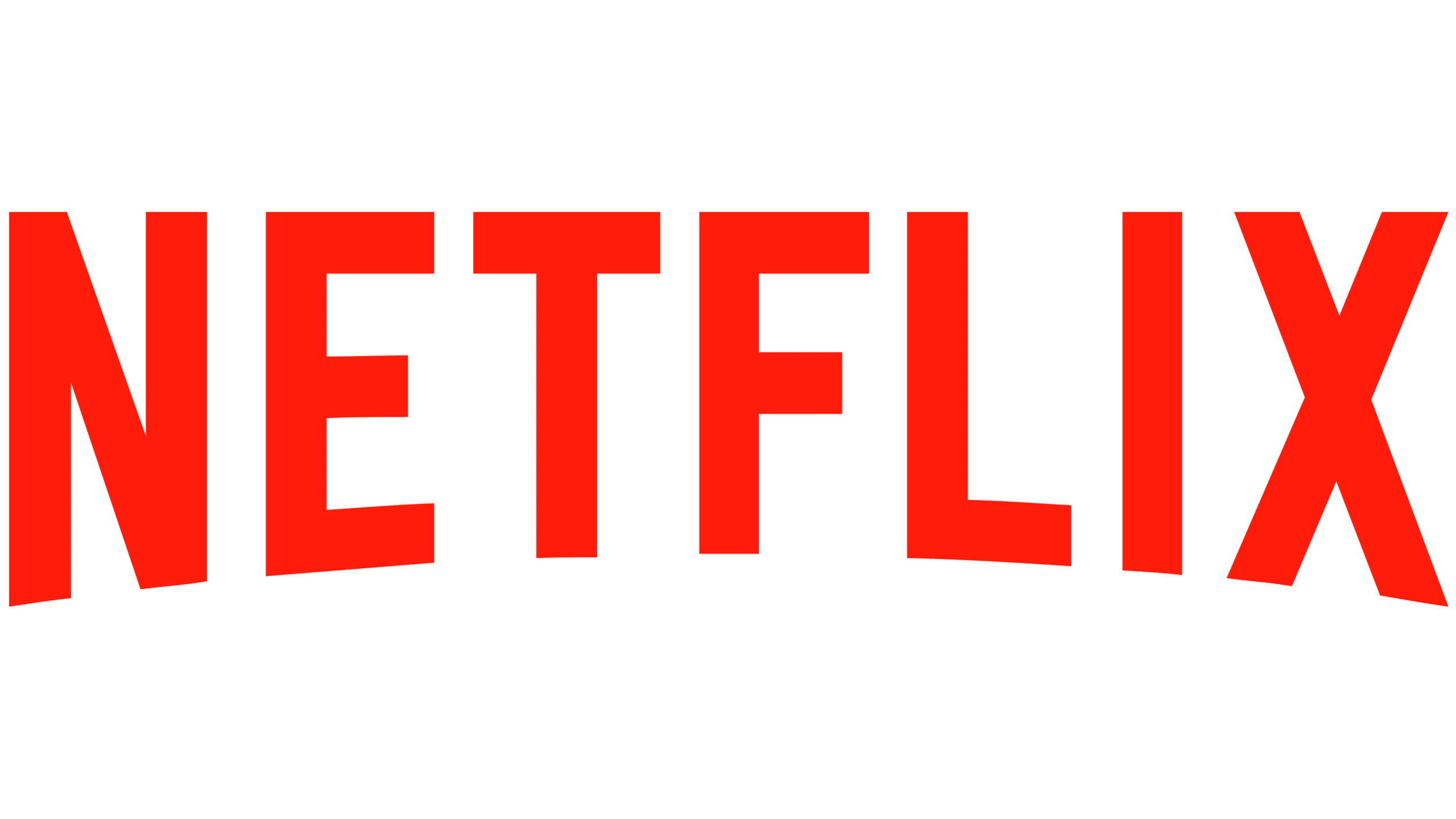
Television and movie streaming service, Netflix, has over one-hundred-and-ninety-million subscribers globally. The Content Finance Infrastructure Team utilizes Kafka when working with events. With an estimated fifteen-billion dollars invested in producing original content, it is essential for Netflix to ensure that content is tracked, analyzed and accounted for. A Netflix distributed systems engineer stated that, “[Kafka] is at the heart of revolutionizing Netflix Studio infrastructure and with it, the film industry.”
Interested in learning about how Apache Kafka can benefit your company? At Scalac, we’ve worked with hundreds of clients to create powerful and efficient apps.
Whether you want to build a new system from the ground up or extend the functionality of your existing tech stack, we can help. Get in touch today to discuss your options.
We will reach out to you in less than 48 hours
to talk about your needs.
We will perform a free tech consultation
to see which stack fits your project best.
We will prepare the project estimate in 3 days
including the scope, timelines, and costs.
We'll get back to you soon!